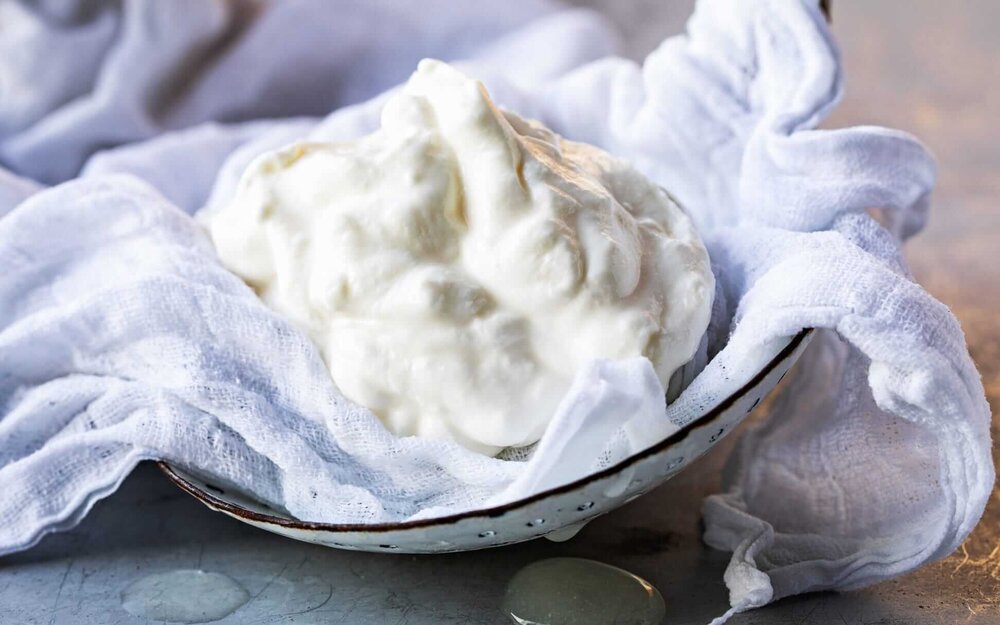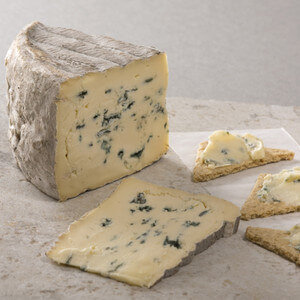Editor’s note: Germany is the largest cheese exporter in the world and a formidable producer, yet it has only 9 cheeses that have PDO or PGI status compared to France with 55. Today we welcome new Berlin-based contributor Lauren Johnson-Wünscher who shares some of Germany’s most popular cheeses.
As the number one global exporter of cheese and the number two worldwide producer behind the United States, Germany is hardly shy about its affinity for all things cheese. Germans are fond of imported cheeses, but the country truly excels in its production (and consumption) of domestic cheeses. Cheese-laden dishes like Käsespätzle reign in Southern Germany, but in the Northern parts of the country, a typical breakfast is an assortment of buns, meats, and mild cheeses, showing that there’s a cheese dish for every preference.
Bavaria, a Southern German state in Germany, produces 70% of the 3.5 million tons the country churns out annually. But for such a high output cheese nation, it’s remarkable that there’s not one defining cheese of Germany. France has camembert, Italy’s known for provolone, and Germany’s most famous cheese is… Allgäuer Bergkäse.
In neighboring European countries, cheesemaking recipes derive from centuries-old traditions, handed down over generations. In Germany, cheesemaking has been influenced by the Swiss, the Dutch, and the French. And as the French and the Italians were championing for protected status and legal upholding of their cheese products, Germany wasn’t as aggressive. Cheese is a staple product, but without trademarking to bolster its reputation, the opportunities for export cheese became a muddled free-for-all.
Germany has thrived from this lack of restraints and expectations, emerging as a world-class producer of a wide range of cheeses, free to refine recipes and create tradition on its own terms.
These 7 cheeses are a great example of Germany’s range of preferences. From firm and bold to yogurt-like, Germany shows that it’s a cheese lover’s paradise.

Emmentaler originated in Switzerland but quickly became a German favorite as well. A firm, mild cow’s milk cheese, the golden yellow color gives a hint to its nutty texture. Made in Swabia, it has Protected Designation of Origin (PDO) status in Bavaria as Allgäuer Emmentaler and bears the familiar holes of Swiss cheeses, which today, are valued as a symbol of maturation. Aged only 3 months, it is relatively mild compared to the Swiss version.

Rauchkäse
Compared to other countries, Germany isn’t particularly fond of smoked delicacies. But Rauchkäse is in a league of its own. This smoky, salty cheese is a Bavarian specialty and smoked with Bavarian birch and spruce. While there are several famed producers, the most well-known is Basil’s Original Rauchkäse. It is semi-soft cow’s milk cheese and holds up perfectly in dishes that require gooey, melty cheese.

Quark
Quark is an acid-set cheese that, when strained from the whey, is similar in texture to Labneh, but in recipes that call for quark, ricotta is a suitable stand-in. It’s a key ingredient in German cheesecake or Käsekuchen. Käsekuchen is an airy, not-so-sweet dessert. It’s the perfect minimalist sidekick to a cup of coffee for breakfast but it can be a showstopping holiday nachspeise as well. In Käsekuchen, Quark shows its muted power and helps the German dessert distinguish itself from its dense American cousin.
“Handkäse toast” by Ibán is licensed under CC BY-NC-SA 2.0
Handkäse
This sour milk cheese originated in Hessen, a state in Western Germany. It was first mentioned in 1813 when it was sold in a market in the city of Mainz. During its infancy, Handkäse was a food eaten by common folks, because it was high in protein and cheap to make, using leftover sour milk. Cheesemakers let milk sour at 30 degrees to acidify. They then cut the layer of quark that formed into cubes and drained it, seasoned it with salt, and kneaded and shaped it, by hand, into loaves.
Depending on how it’s made, Handkäse can range from mild to spicy, although it’s known for its more pungent, aromatic notes.

Allgäuer Bergkäse PDO
This aromatic, piquant cheese shows why Bavaria is the top German cheese producer. It’s a cows-milk mountain cheese made in the Allgäu alps and one of the few German dairy products to receive PDO status. Allgäuer Bergkäse is best in its most natural form, sliced on a piece of bread. There are tiny pea-sized holes in this cheese and soft yellow flesh. It’s made in copper vats much like Swiss cheeses Emmental and Appenzeller.
Cambozola photo credit Murray’s Cheese
Cambozola
Cambozola is the result of mixing the rich and creamy qualities of Camembert, with the bold blue cultures of Gorgonzola. It’s believed that Cambozola’s roots date back to the 1900s but it wasn’t until the 1970s that Käserei Champignon produced Cambozola on a larger scale and made it available to wider audiences. This cheese is a shining example of mixing the French and Italian affinity for food tradition with German innovation.

Butterkäse
While not the most complex cheese on the list, Butterkäse, literally “butter cheese” receives high scores for its approachability. Grocers and dairy farmers often sell this mild, semi-soft cow’s milk cheese pre-sliced. It’s the perfect breakfast cheese and is versatile enough to accompany a rich truffle mac and cheese or simpler Käsespätzle. As the name suggests, it’s got a creamy, buttery texture that, depending on the cheesemaker, can also come in a spreadable form.
